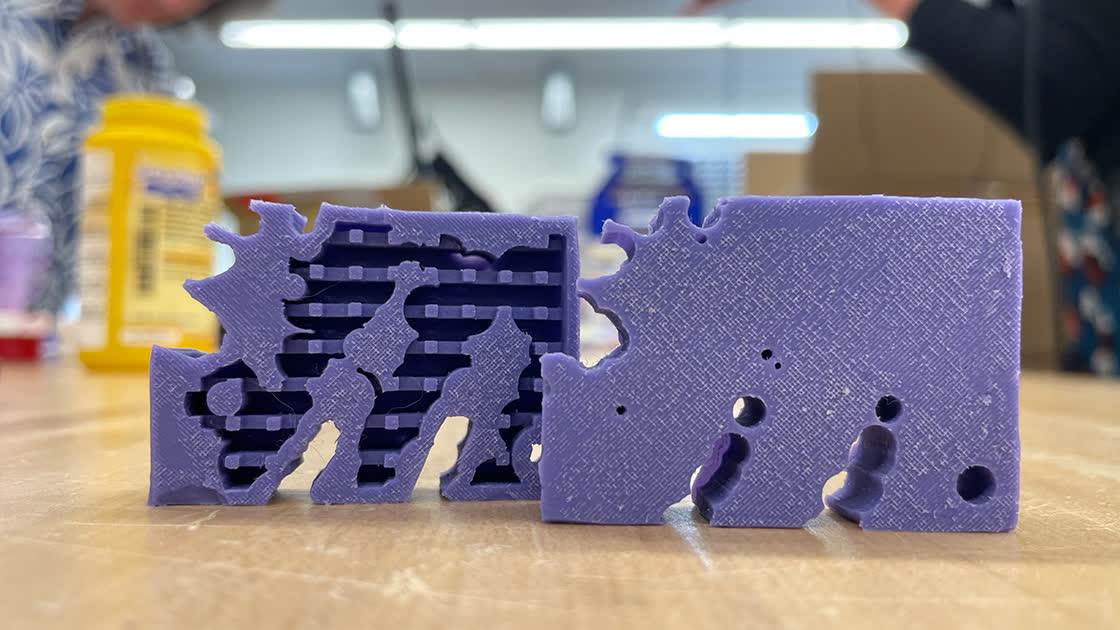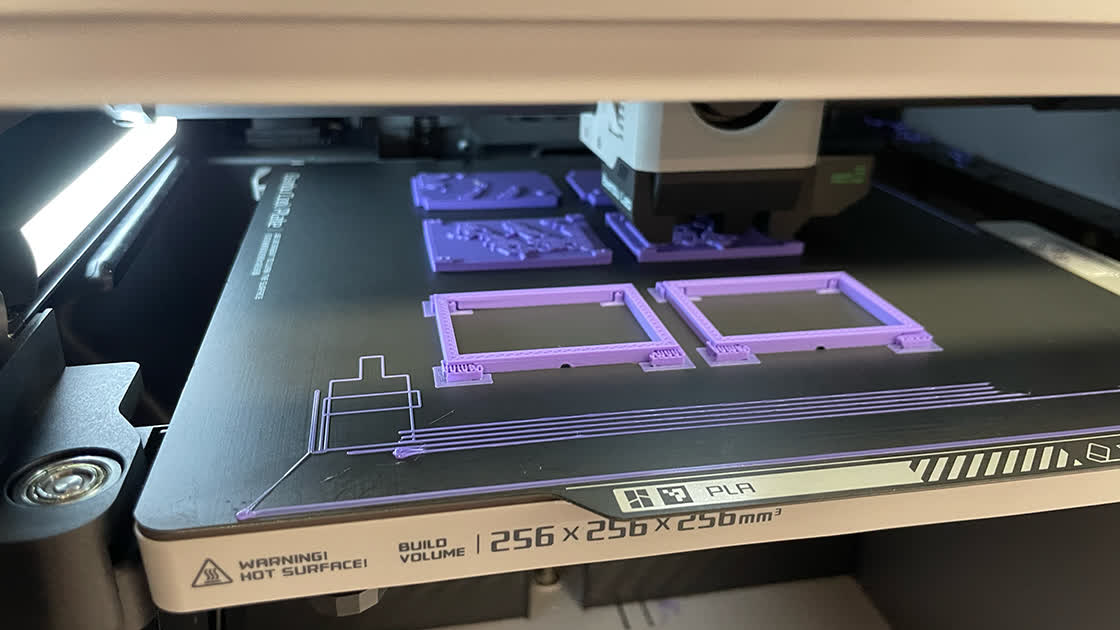What just happened? Researchers from Northwestern University have developed what they claim is the first artificial intelligence capable of designing robots from scratch. The team provided the AI with a simple prompt: design a robot that can walk across a flat surface. Seconds later, the AI spit out a design for a crude "robot" that could jiggle in place.

The AI identified the proposed bot's flaws and turned out a revision. By the 10th iteration, the AI had created something that seemed as if it could indeed shuffle across a flat surface. At this point, the team was compelled to bring it to life.
A 3D printed mold of the negative space around the robot's body was created and filled with liquid silicone rubber. After curing for a few hours, the squishy bot was ready to test. By repeatedly filling it with air then deflating it, the creation is capable of locomotion. Mission accomplished.

"We discovered a very fast AI-driven design algorithm that bypasses the traffic jams of evolution, without falling back on the bias of human designers," said Northwestern's Sam Kriegman, lead researcher on the project. "We told the AI that we wanted a robot that could walk across land. Then we simply pressed a button and presto! It generated a blueprint for a robot in the blink of an eye that looks nothing like any animal that has ever walked the earth. I call this process 'instant evolution.'"
Not everyone is going to be as impressed with the creation as Kriegman and company, and they're well aware of that. "When people look at this robot, they might see a useless gadget," Kriegman said. "I see the birth of a brand-new organism."
Perhaps most impressive is the fact that the AI was run on an ordinary laptop, and the entire design process from start to finish took around 26 seconds. What's more, the team did not feed the AI any design cues. It figured out on its own that legs are a good way to get across land, although it did elect to go with a three-legged design to get the job done.
It would be interesting to see what the AI could produce with a bit more time and guidance. Kriegman believes AI-designed robots could one day be used to help humanity in a variety of ways. The only thing standing in our way right now, he said, is the fact that we have no idea how to design them.
The team's study has been published in the Proceedings of the National Academy of Sciences.
https://www.techspot.com/news/100383-researchers-use-ai-design-walking-robot-seconds.html

